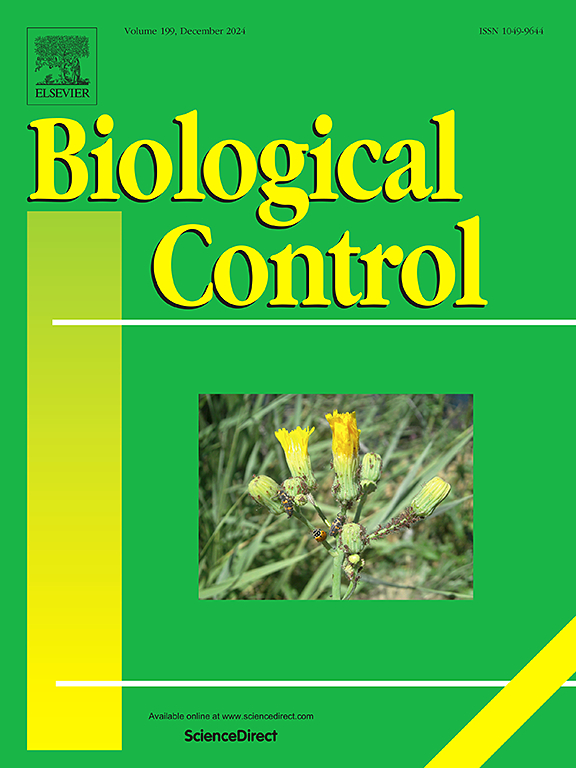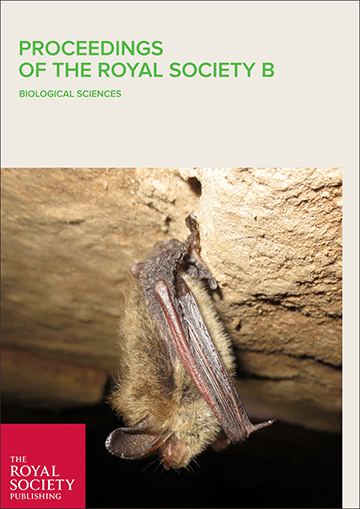Root-knot nematodes (Meloidogyne javanica) associated with Sesbania sesban and Tephrosia vogelii and root-lesion nematodes (Pratylenchus spp.) associated with Crotalaria grahamiana limit the effectiveness of these leguminous cover crops for replenishing soil fertility. As Crotalaria spp. are antagonistic to Meloidogyne, and S. sesban and T. vogelii suppress Pratylenchus, a field study was conducted on farms in western Kenya to test whether mixing S. sesban or T. vogelii with C. grahamiana can resolve the nematode problems associated with pure crops of the respective species. The pure and two-species mixed cover crops, grown for 10 or 12 months, were evaluated against natural and bare fallows. Maize (Zea mays) and bean (Phaseolus vulgaris) were then intercropped and the plots split to determine the effects of incorporating the biomass of natural fallows/cover crops against its removal on nematode infection of crops. T. vogelii and S. sesban were highly infected by Meloidogyne and their pure crops supported increased populations of this nematode. In mixed systems, C. grahamiana did not affect Meloidogyne infection of S. sesban and T. vogelii, but it significantly reduced the soil nematode populations compared with the respective pure crops. Root-lesion (Pratylenchus zeae, P. thornei and P. pseudopratensis) and spiral nematodes (Helicotylenchuspseudorobustus and Scutellonemabrachyurus) were greatest in number following pure C. grahamiana. Mixing C. grahamiana with either S. sesban or T. vogelii did not restrict these nematode populations. Meloidogyne infection of bean following S.sesban+C.grahamiana and T.vogelii+C.grahamiana was restricted and the crop after these mixed systems did not lose yield compared with that after pure S. sesban and T. vogelii. All cover crops, except pure C. grahamiana and its mixture with S. sesban at Yala, increased maize yields compared with natural and bare fallows. In situ decomposition of the foliar biomass of cover crops and natural fallow did not affect nematode infection of both the annual crops. The Meloidogyne problem associated with S. sesban and T. vogelii covers on subsequent annual crops such as bean can be limited by mixing either of these shrubs with C. grahamiana.
DOI:
https://doi.org/10.1016/S0378-4290(01)00127-7
Altmetric score:
Dimensions Citation Count:
00127-7&apiKey=3948bb216041dbffcb29a618defafc29&httpAccept=image%2Fjpeg)























